BMW has firmed up its road map to an autonomous mobility future, announcing a three-way collaboration with computer chip giant Intel and component maker Mobileeye that will result in a roll-out of fleets of autonomous cars by 2021.
Known as iNEXT, BMW says it wants to take a lead in developing a single standard of open-source autonomous technology that can be accessed by all players.
An autonomous prototype will be rolled out “near term”, according to BMW, with large-scale testing in a fleet environment to commence in 2017.
Real-world production for the first iNEXT model is set to commence in 2021, according to BMW.
It’s estimated that there will be upwards of 10 million cars on the road around the world with self-driving features by 2020.
“The BMW iNEXT model will be the foundation for BMW Group’s autonomous driving strategy, and set the basis for fleets of fully autonomous vehicles, not only on highways but also in urban environments for the purpose of automated ridesharing solutions,” said BMW in a statement.
US company Intel, in its first automotive industry collaboration, will provide the chipset-based computing power to support the program, while Israel-based Mobileeye produces car-based systems that are capable of reading an entire traffic scene with a single camera.
The trio intends to build self-piloted cars that can achieve Level Three (hands off) and Level Four (minds off) autonomy, via an open-source approach that aims towards finding an industry-wide standard that offers a degree of future proofing.
Current piloted assistance systems – like lane-keeping and self-steering – are considered Level Two, while driverless vehicles are classified as Level Five.
BMW’s 7 Series features lane-keeping and radar cruise control, while its rivals at Audi and Mercedes-Benz, as well as more mainstream players like Honda and Volkswagen, offer varying takes on Level Two autonomous technology.
Companies like Tesla and Volvo, meanwhile, have pushed harder into the Level Three zone. Volvo tested a Level Three-equipped XC90 on a closed Adelaide freeway last year, while Tesla’s Autopilot system – in the news for all the wrong reasons this week – has logged over 200 million kilometres in the hands of its owners.
It’s estimated that there will be upwards of 10 million cars on the road around the world with self-driving features by 2020.
Are you looking forward to the era of self-piloting cars? Or is it a step in the wrong direction? Tell us what you think in the comments below.






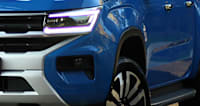


.jpg)


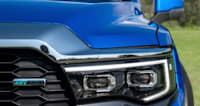

.jpg)
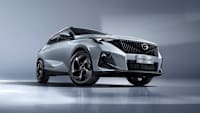
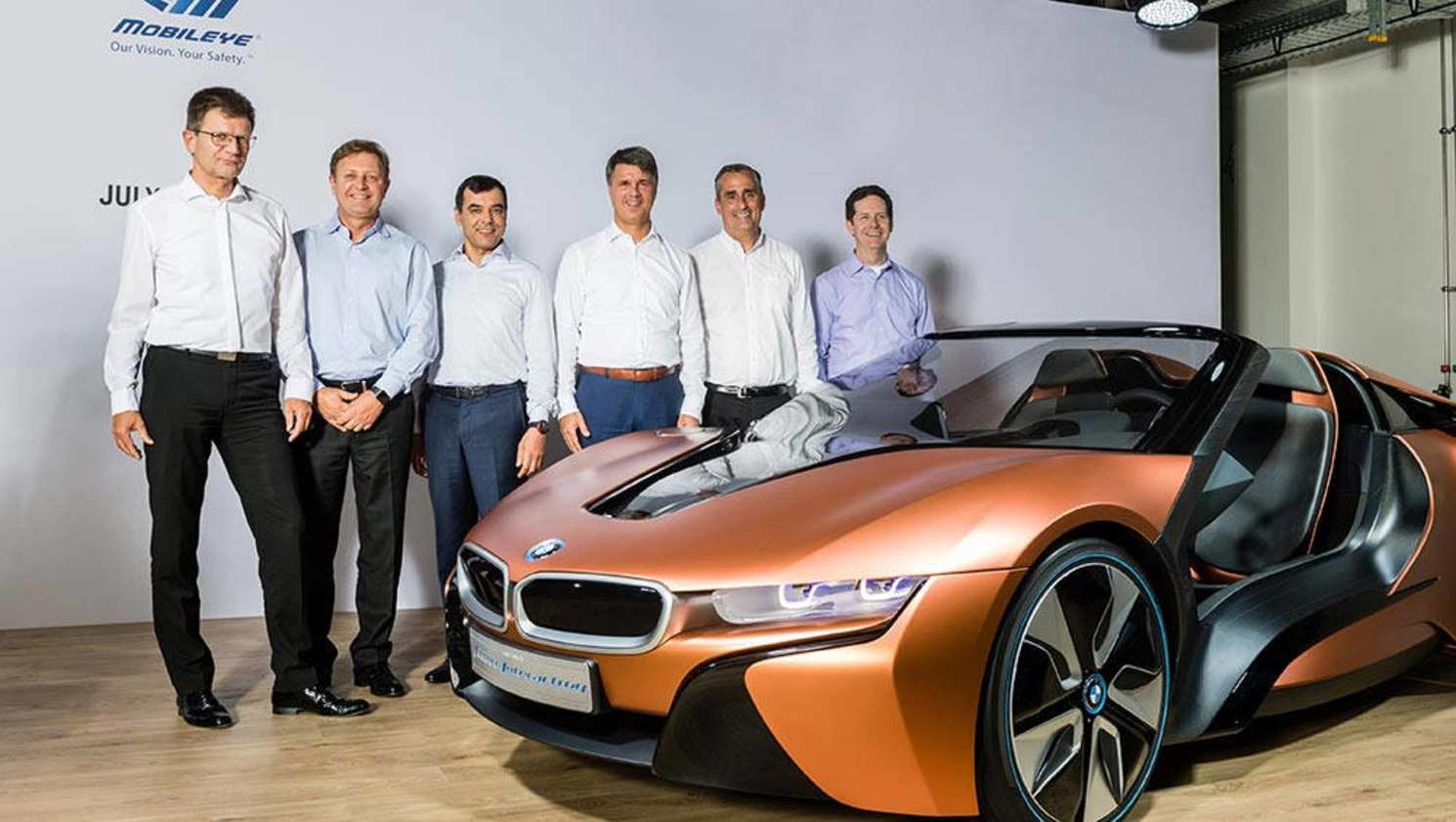



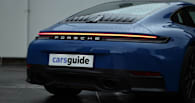



.jpg)

